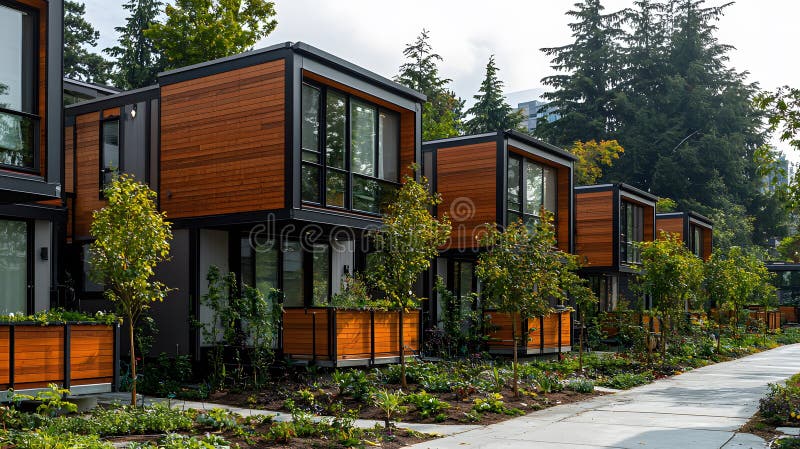
Interior Design Tips for Modular Homes: Style and Functionality
Creating a beautifully styled and functional modular home is an achievable dream. With the right interior design tips, you can transform your living space into a haven of comfort and elegance. In this article, we’ll explore the best strategies for maximizing space, incorporating style, and ensuring that your modular home is as appealing as it is practical.
Modular homes, known for their flexibility and affordability, can be a blank canvas for creativity. With strategic planning and thoughtful design choices, you’re sure to make the most of your living space. Whether you’re seeking to enhance aesthetics or functionality, these insights will guide you through the process of designing your ideal modular sanctuary.

Understanding Modular Homes
Before diving into interior design tips, it’s important to understand what modular homes are. Built in sections in a factory setting, they are then transported and assembled on-site. This construction method allows for quality control and efficiency, often resulting in lower costs compared to traditional homes.
Space Maximization Strategies
Open Floor Plans
Open floor plans are a staple in modular home design. They enhance the sense of space and improve flow between areas. Consider combining the kitchen, dining, and living areas for a seamless and airy feel.
Multi-Functional Furniture
Investing in multi-functional furniture is a great way to maximize space. Think of ottomans that double as storage, sofa beds, or expandable dining tables.
Vertical Storage Options
Make use of vertical spaces by installing shelves, cupboards, and modular storage units. This can free up floor space and help keep things organized.
Incorporating Style into Your Modular Home
Color Schemes
Choosing a cohesive color scheme can unify different spaces. Neutrals can create a calm environment, while bold colors can add character and energy.
Lighting Choices
Lighting is crucial in setting the mood. Use a mix of overhead, task, and accent lighting to create a well-lit and inviting space.
Textile Selection
Soft textiles such as curtains, rugs, and cushions can add warmth and coziness to your home. Consider various textures and patterns to add depth and interest.
Ensuring Functionality in Design
Efficient Kitchen Layouts
Incorporate efficient layouts like the work triangle to enhance functionality in the kitchen.
Bathroom Solutions
Consider space-saving options like wall-mounted sinks and compact toilets to make the most of small bathroom spaces.
Smart Home Technology
Implementing smart technology can improve convenience and energy efficiency. Consider systems that control lighting, temperature, and security with ease.
Accessorizing for Personality
Personal Art Displays
Showcase personal art pieces or photographs to add a personal touch to your space. This can create a gallery wall that reflects your taste and history.
Outdoor Living Spaces
Create enjoyable outdoor spaces with furniture that withstands the elements and plants that can thrive in your climate.
Environmental Considerations
For those interested in sustainability, considering the environmental impact of your design choices is crucial. Opt for energy-efficient appliances, sustainable materials, and environmentally-friendly finishes to reduce your homes carbon footprint.
Curious about modular home benefits and their role in sustainable housing? Visit low carbon housing solutions for more insights.
Budget-Friendly Solutions
Modular homes offer flexibility not only in design but also in budget management. Explore economical furnishing options that achieve desired aesthetics without compromising quality.
Read more on keeping costs down with modular home cost analysis.
Conclusion
Designing a modular home is as exciting as it is rewarding. With the outlined interior design tips, you can create a space that is both stylish and functional, tailored to your needs and preferences. Whether you focus on maximizing space, incorporating style, or enhancing functionality, these guidelines will help bring your vision to life.
Still, have questions about modular home designs? Check out climate-resilient modular housing for further inspiration.

FAQ
What are modular homes?
Modular homes are built in sections in a factory setting and then transported and assembled on-site, offering efficiency and cost-effectiveness.
How do modular homes differ from traditional homes?
They differ mainly in their construction process. Modular homes are pre-fabricated and have the potential for quicker assembly and reduced costs.
Can modular homes be customized?
Yes, one of the advantages of modular homes is their ability to be customized according to personal preferences and design choices.
This article contains affiliate links. We may earn a commission at no extra cost to you.